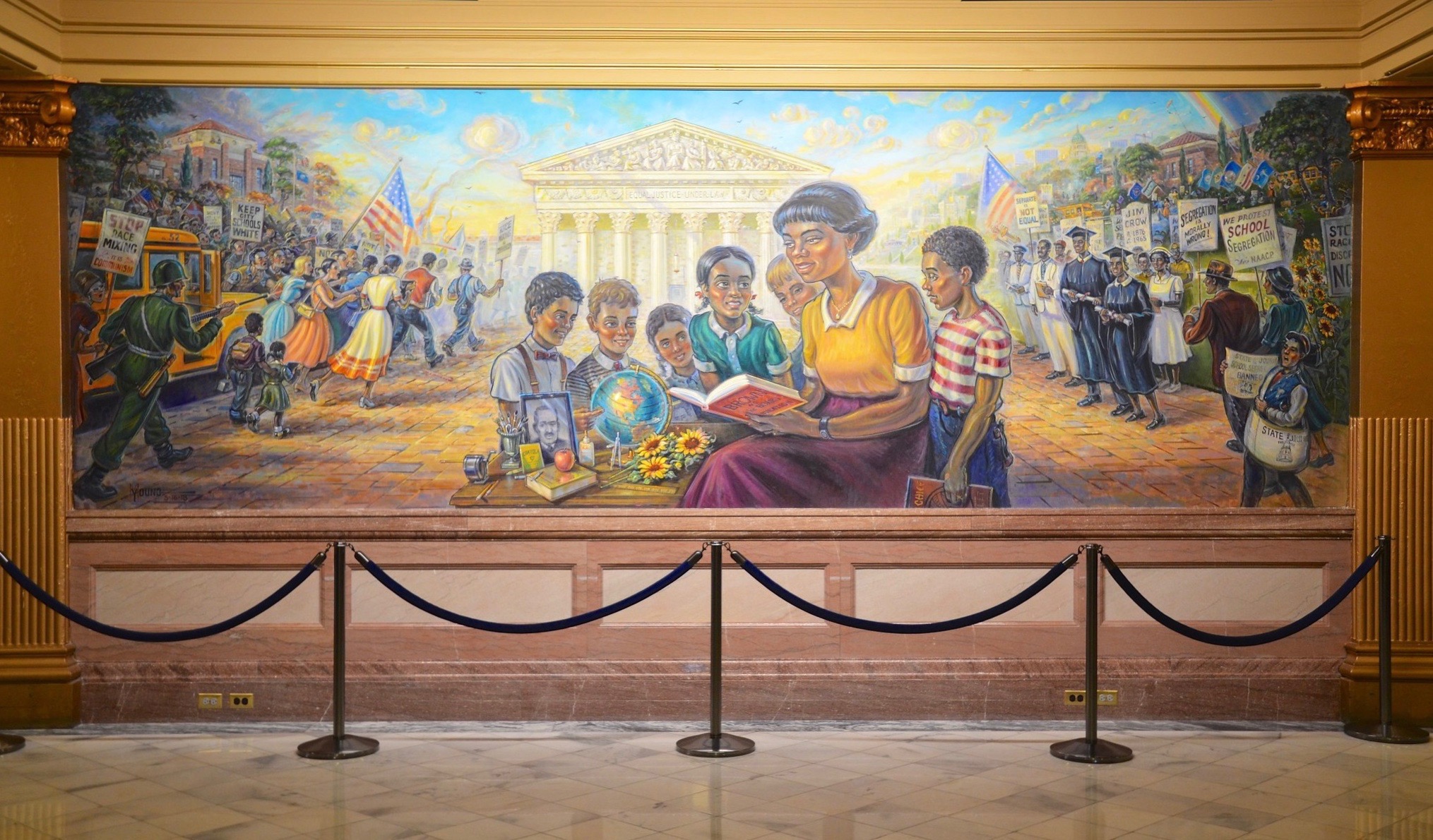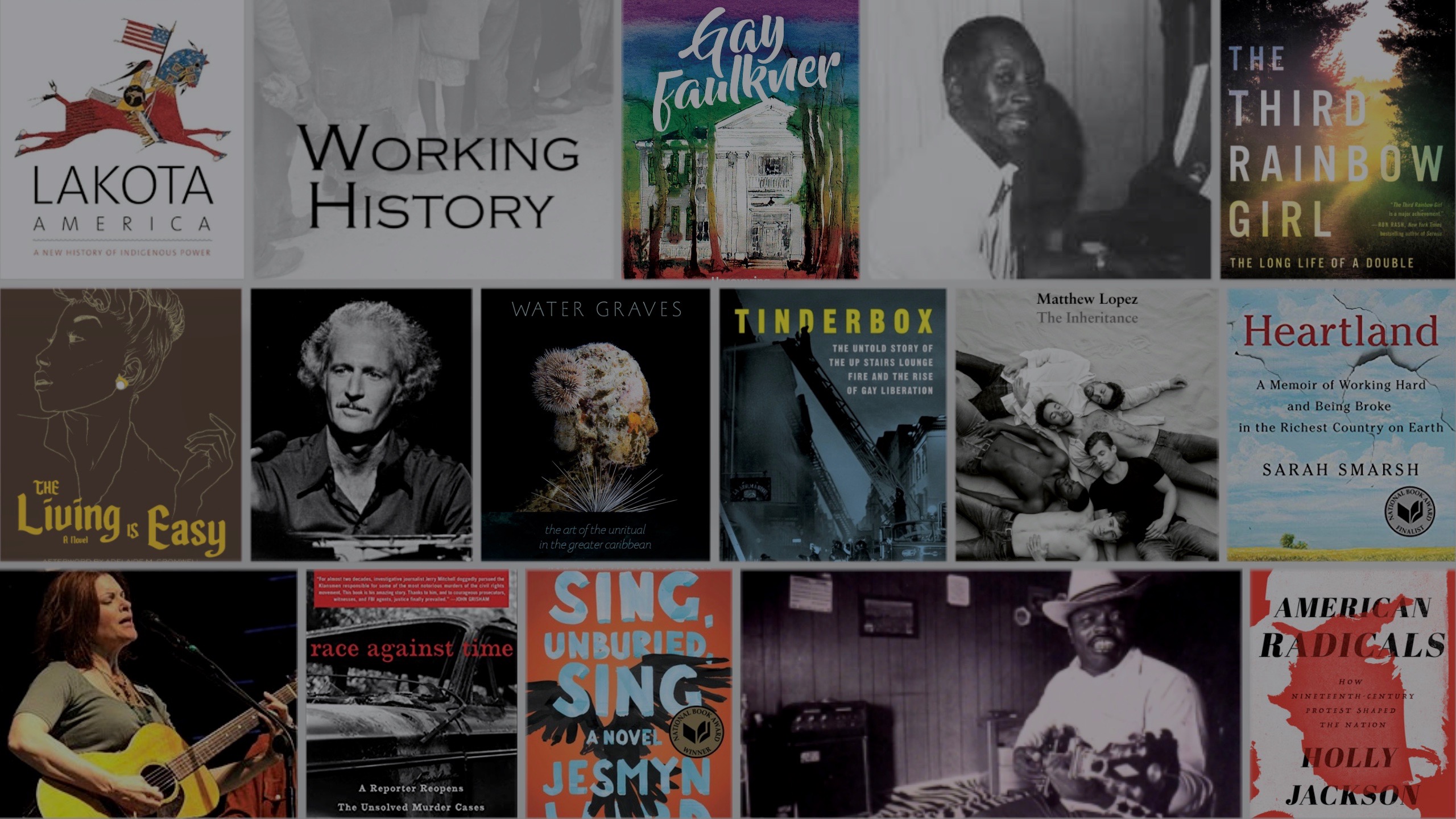Southern Spaces is a user friendly, online-only journal, with a variety of interesting articles. When you first go to the website, it can look overwhelming at first; all of the recent articles are put on the homepage and there are so many pictures. However, there are a few buttons that make the journal easier to use. Underneath the title section, there are nine broad categories, like interviews, blogs, or articles, you can click on and visit. These are pages more generally categorized based on type of writing and not subject . Under the browse section, there are almost sixty specific topics, like foodways, African American Art, and religious studies, to choose from. By clicking on one of these, you are taken to a page dedicated to all types of writing on one of those topics.
The articles on this journal are different in their own unique way and utilize new technologies to enhance them. Many of the articles have videos, pictures, or helpful links embedded in them, which makes the journal more engaging. You definitely don’t get bored reading the lengthy articles. Not only are these articles full of these technological resources, but they are interesting and pertinent to current events. One recent blog was about a new Supreme Court Case which went back on Brown vs. Board of Education. The blog was clearly written and provided necessary background information to understand how the case is currently affecting schools. Other articles have focused on music in the twentieth century and help people compare and contrast music from two time periods. Overall, the articles are very interesting to read.
Southern Spaces is a unique journal for everyone. The content is not so scholarly that it turns everyday readers away, but it is not too basic that you don’t feel challenged. Southern Spaces aims at reaching people of all educational backgrounds, whether teachers or even high school students, they want everyone to learn. In addition, there are so many topics that you are bound to find something interesting. It is also unique that anyone can contribute to it, without having to give up rights to their work. But first, scholars have to go through and review the essays before publication. I think this provides so many people the chance to contribute to this journal.
Southern Spaces is a digital publication, and as a group endorses their utilization of the internet, since it allows them to share their magazine’s material through multimedia (audio, video, images, and articles.) The Emory Center for Digital Scholarship funds the operation of Southern Spaces. So, because the funding source for Southern Spaces is Emory University, their base of operation is in Atlanta, Georgia, on the Emory University Campus. Everyone on the magazine editing staff is an employee of Emory University. Many of them function either out of the Robert W. Woodruff Library or the Emory Center for Digital Scholarship. Most, if not all, the staff are published scholars on various subjects in Southern Studies. The diversified background of the editorial staff allows for the magazine to include a wide array of topics and media.
Southern Spaces started as an online publication in 2004, with the same mission statement that drives its content today. The placement of the U.S. South in the greater context of the world through the use of; articles, interviews, monographs, presentations, and more. In their first year as an online publication, Southern Spaces had mainly articles composed by university professors. Southern Spaces self identifies as a magazine that caters to the educational and non-educational communities alike. Their materials come from published doctoral professors as well as journalists, artists, and geographers. They claim to gear much of their material towards serving marginalized groups in the South, often focused on shedding light on the falsehoods of a monolithic South.

Jenna Stern and Cody McLellan












